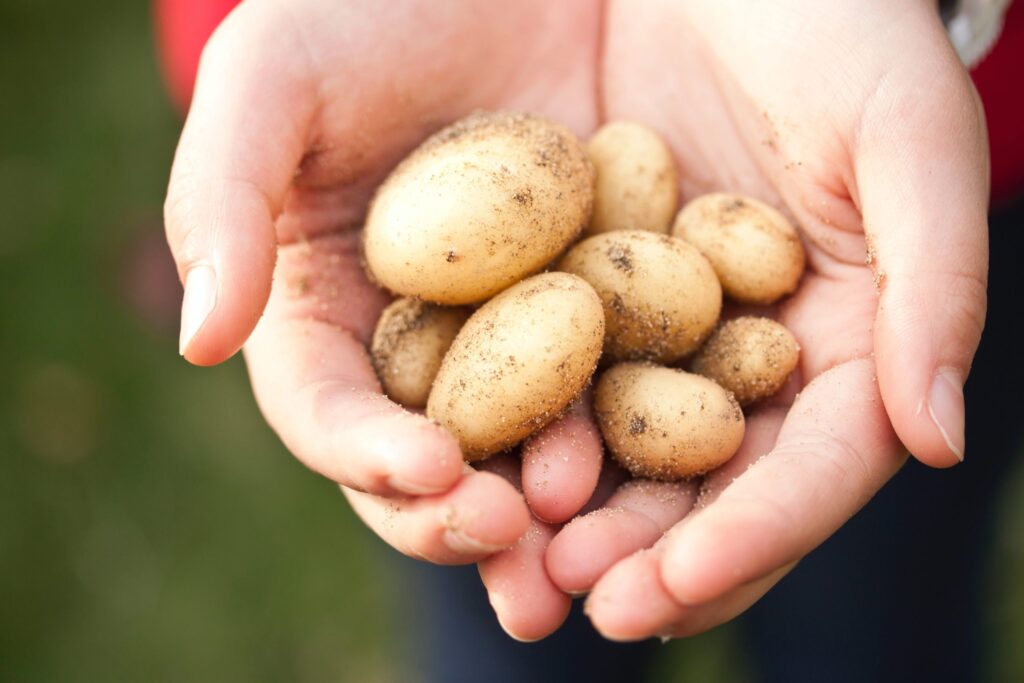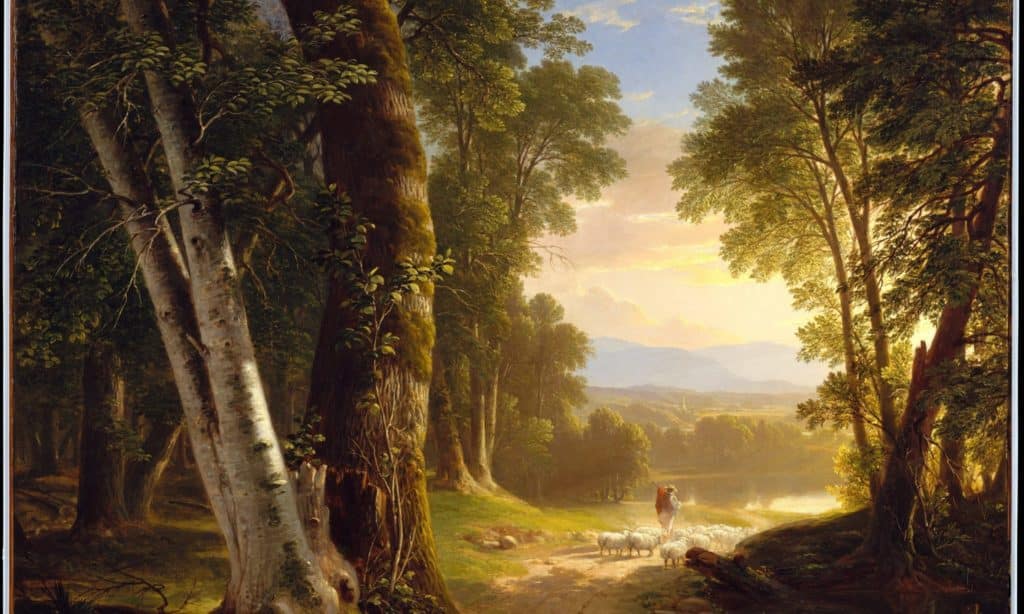
Seeds of Learning in Classical Education
My daughters and I weeded their small gardens together a few weeks ago. We planted a few seed potatoes, onion sets, and bush beans. Since then, they had selected seed packets to plant morning glories, marigolds, radishes, carrots, cilantro, and forget-me-nots. I pulled more weeds while they planted nearby. My youngest shouted, “Look at these seeds!” Seeds are remarkable to behold. Too often, we do not hold them long enough to acknowledge their beauty and their weight.
I weeded around a few tomato seedlings, sprouting for a second year in a row. A friend gave me the seedlings two years ago. I shared a container of ladybugs with her since my small garden did not need them all. Had I placed in far too many, they would have flown away for lack of food. Ladybugs make a feast of aphids as they guard your garden. Discovering aphids in your garden is certainly a disappointment. What a delight though to spill a clump of ladybugs onto the ground at dusk and watch as they instinctively march up a sunflower stalk moving directly toward the infestation. Thankfully, dill has grown up in a small forest and kept down the weeds in part of the garden.
Our last week of school has passed. Seeds are planted. Weeding and watering are still ahead. Last year we dug potatoes out of the ground for the first time. We scooped and turned the soil when potatoes unexpectedly began to leap from the garden! How did they grow there? We all thoroughly enjoyed uncovering each golden potato still flecked in soil.
This uncovering joy, surprise, and growth seem like good reasons to weed, water, and plant. The radishes mature in twenty-eight days. We will dig our small portion of potatoes before the first frost. Mostly, we will wait. We will also water and watch for unwelcome aphids and cabbage moths. It is likely we will train our morning glories to stay in bounds. The forget-me-nots would entrench, stick, and spread if allowed.
Look at these seeds! Children remind us to remember the wonder and beauty that surrounds us. When given unhurried time to hold it, they tend to also look and remind us to behold it. Seeds are ancient and new. They feed and grow more food. They are simple and complex. They almost imperatively call out, “Look at these seeds!”
Driving past farms and fields on a rural road a few days later, I recalled the reference to “seeds of learning” made by Ravi Jain and Dr. Kevin Clark in their course on ClassicalU and in their book, The Liberal Arts Tradition. For Clark and Jain, the seeds they refer to are those of early education for the young in gymnastic and music:
The gymnastic and musical educations trained the bodies and tuned the hearts of the young and were the next stage following the early development of piety. Developing the virtue of an athlete was an essential element of the gymnastic training. The musical education was an education in wonder.... The musical education, directed toward joyful engagement with reality, offered this imitative foundation for the later learning of the arts and sciences. The musical and gymnastic educations fitted the students’ hearts and bodies to reality, thus forming virtue in them. They taught passion more than skills and content. They sowed the seeds which would grow into a lifelong love of learning.
Clark and Jain previously wrote the following when elaborating on piety and its place in the liberal arts tradition: “The foundational distinction between traditional education and modern education is that the ancients believed that education was fundamentally about shaping loves.” How do we shape their loves? How do we fit their hearts and bodies to reality? How do we form virtue in them? How might we teach passion and wonder? Clark and Jain answer these questions eloquently in their chapters and lessons on piety, gymnastic, and music.
I think about the parable of the sower from Mark 4 whenever I think about seeds. Mark 4:8 says “And other seeds fell into good soil and produced grain, growing up and increasing and yielding thirtyfold and sixtyfold and a hundredfold.” Mark 4:20 explains, “But those that were sown on the good soil are the ones who hear the word and accept it and bear fruit, thirtyfold and sixtyfold and a hundredfold.” This falling on good soil, for seeds, produces a harvest, and a large one at that. Multiplication occurs. A crop is grown. This parable of seed sowing is about gospel sharing for Jesus’ disciples to know about the kingdom of heaven. It also shows us that provided good soil, seed sowing results in a harvest. When we sow ancient seeds of gymnastic and musical education into our children in season, those seeds will do what they are intended to, shape loves and form virtue.
When we consider these parts of the tradition of the liberal arts, “grounded in piety and governed by theology” (Clark and Jain), we might need to stop occasionally and whisper a reminder to ourselves, “Look at these seeds.” When we are digging, weeding, and watering we may find gratitude and purpose and devotion in remembering that eventually golden potatoes will likely pop out of that soil. They did grow there. They were growing there the whole time.
Author Sarabeth Borowiec is a home educator in upstate New York with a love for classical Christian education. She has also served ClassicalU for several years, developing course outlines and now also supporting subscribers with content access as well as continued work with course setup.
Note: Guest bloggers share their own thoughts as classical educators and learners and do not represent ClassicalU.com or Classical Academic Press. If you are interested in writing guest blog content, please contact us with your name, connection to classical education, and ideas for a blog post.








Responses